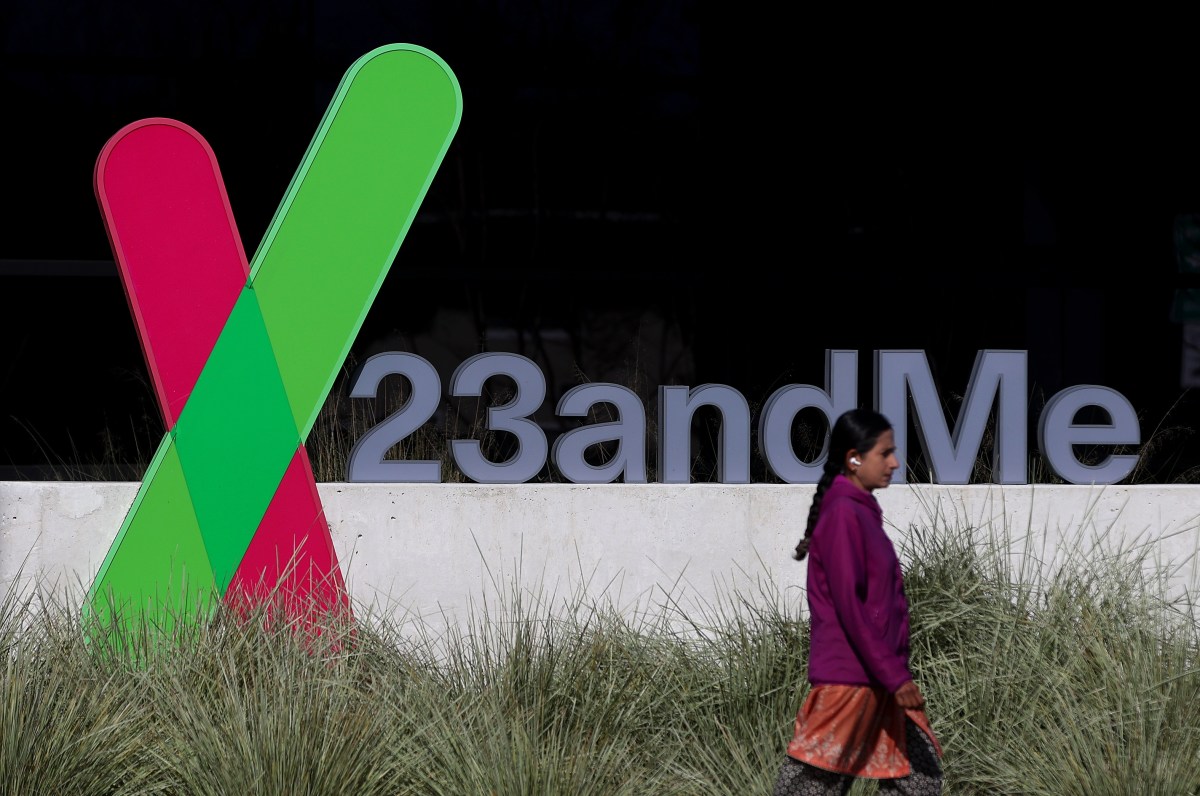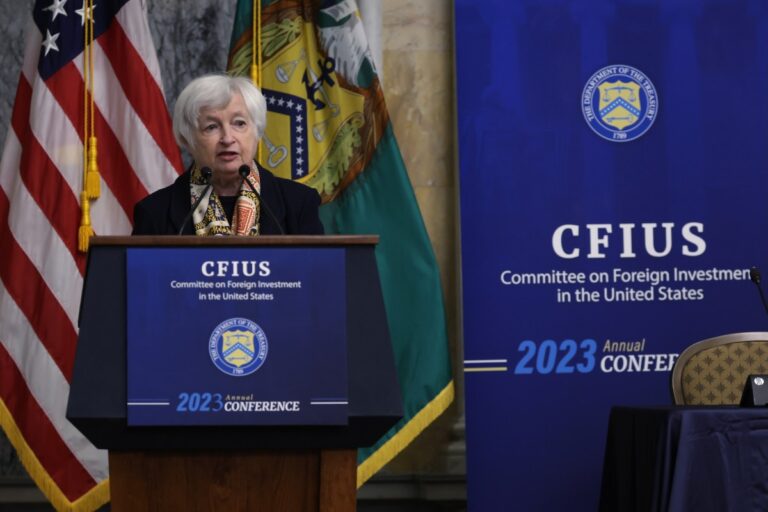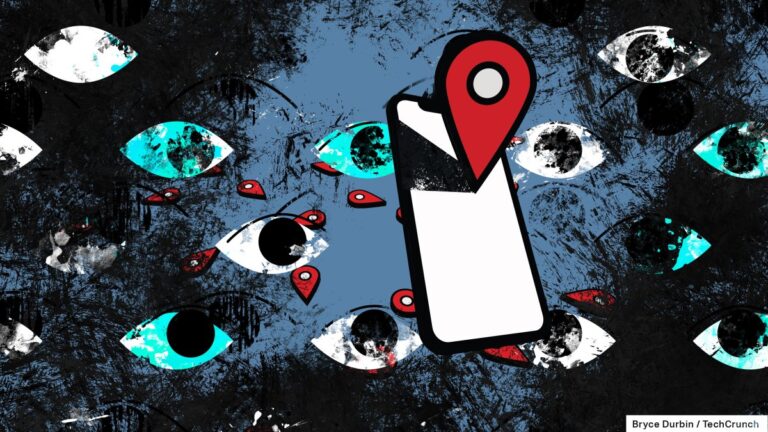
Similar Posts

Massive Change Healthcare Data Breach: 190 Million Americans Impacted, Confirms UnitedHealth
UnitedHealth has confirmed a major ransomware attack on its Change Healthcare unit, impacting approximately 190 million individuals, nearly double previous estimates. This incident is one of the largest medical data breaches in U.S. history. While UnitedHealth reported no misuse of personal information and that electronic medical records remain secure, the attack caused widespread disruptions in the healthcare system. The breach involved the theft of sensitive data, including names, addresses, Social Security numbers, and health information. Attributed to the ALPHV ransomware gang, the attack exploited a stolen credential lacking multi-factor authentication. Change Healthcare will file a report with the Department of Health and Human Services.

Where’s the Safety Report? xAI’s Missing Transparency Raises Concerns
Elon Musk’s AI company, xAI, has faced backlash for missing a self-imposed deadline to finalize its AI safety framework, raising concerns among watchdog groups like The Midas Project. xAI’s chatbot, Grok, has exhibited inappropriate behavior, falling short of industry safety standards. Although a draft safety framework was presented at the AI Seoul Summit in February, it only addressed future models and lacked implementation details for risk mitigation. The promised update by May 10 has not materialized, casting doubt on xAI’s commitment to safety amidst broader industry criticisms regarding AI safety practices.

China Breaches US Treasury’s CFIUS: Uncovering Risks in Foreign Investment Security
Chinese hackers have breached a critical U.S. Treasury office, specifically targeting the Committee on Foreign Investment in the United States (CFIUS), which evaluates foreign transactions that could threaten national security. The hackers accessed the Treasury’s unclassified network using a stolen key from security vendor BeyondTrust, compromising sensitive documents and the Office of Foreign Assets Control (OFAC). The hacking group, known as Silk Typhoon, has a history of extensive cyberattacks aimed at stealing sensitive information. The Cybersecurity and Infrastructure Security Agency (CISA) reported no evidence of infiltration into other U.S. government departments during this incident.

Unveiling the Chinese ‘Typhoon’ Hackers: The Cyber Warriors Ready for Digital Warfare
Cybersecurity risks in the U.S. are escalating, particularly from China-backed hackers, deemed an “epoch-defining threat” by national security officials. These hackers have infiltrated critical infrastructure, including water and energy systems, to prepare for potential attacks amid geopolitical tensions, especially regarding Taiwan. Former FBI Director Christopher Wray warned of the real-world harm these hackers pose. The U.S. has disrupted several groups, such as Volt Typhoon, Flax Typhoon, and Salt Typhoon, which target military capabilities, government agencies, and telecommunications. Understanding these threats is essential for protecting U.S. infrastructure and national security.

Protect Your Privacy: How to Detect and Remove Stalkerware from Your Android Phone
Consumer-grade spyware apps pose a serious threat to Android users by secretly monitoring private information, including messages and locations. Often marketed as family-tracking tools, these apps, known as stalkerware, can be difficult to detect as they may hide from the home screen. Signs of compromise include unusual phone behavior and excessive data usage. To identify and remove spyware, users should enable Google Play Protect, review accessibility services, check notification access, inspect device admin settings, and uninstall suspicious apps. Strengthening device security with strong passwords and two-factor authentication is also recommended. For support, contact the National Domestic Violence Hotline.

